OSU P-mag Lab Alumni
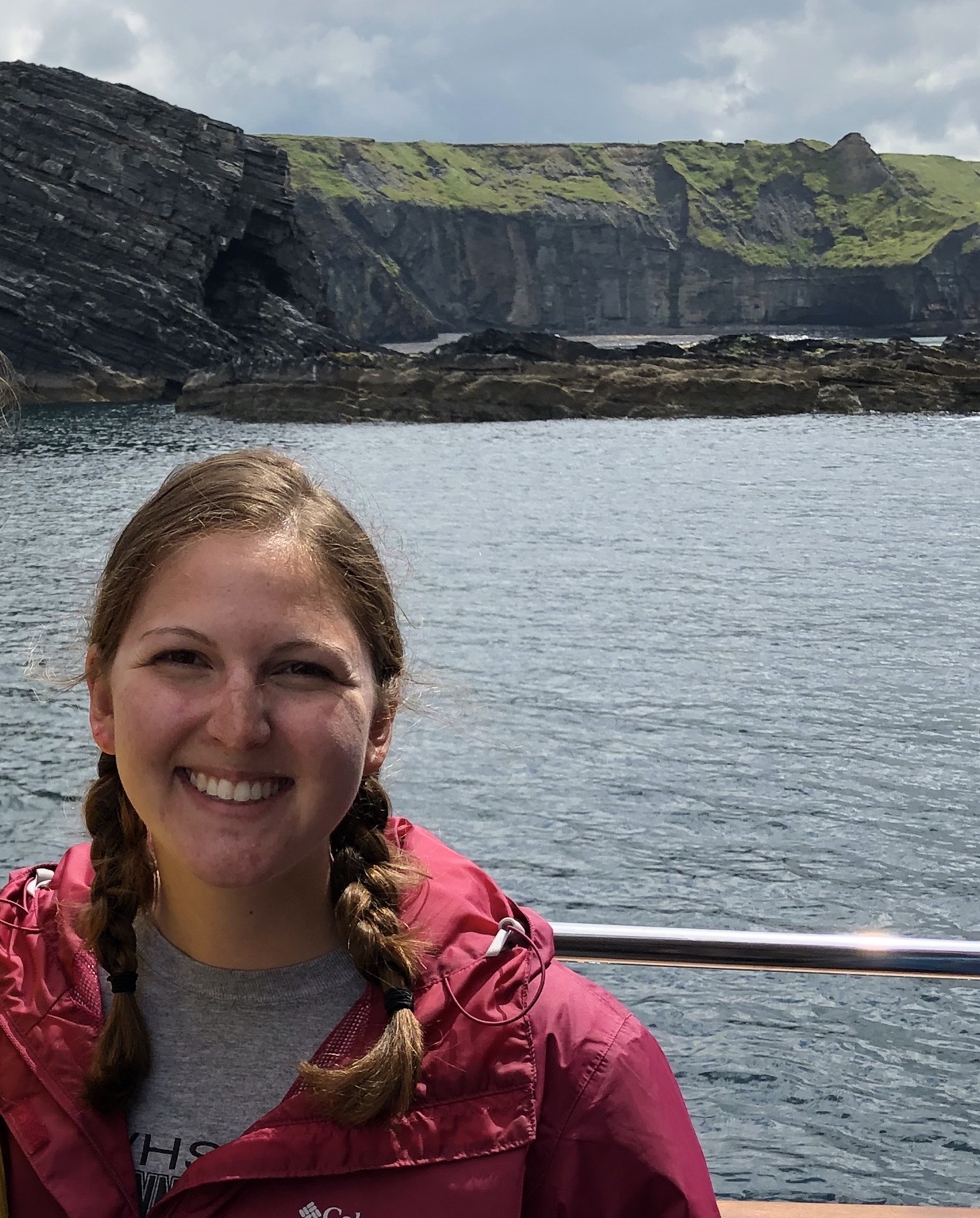
Lindsey Monito
M.S. Student 2020-2022
I am interested in utilizing data from marine and lacustrine sediment cores to study various aspects of paleoclimatology. My masters research will work with marine sediments from the IODP Expedition 383 in the South Pacific. Currently, a PhD student with Rob Hatfield at the University of Florida.
You can read some of Lindsey’s M.S. work here:
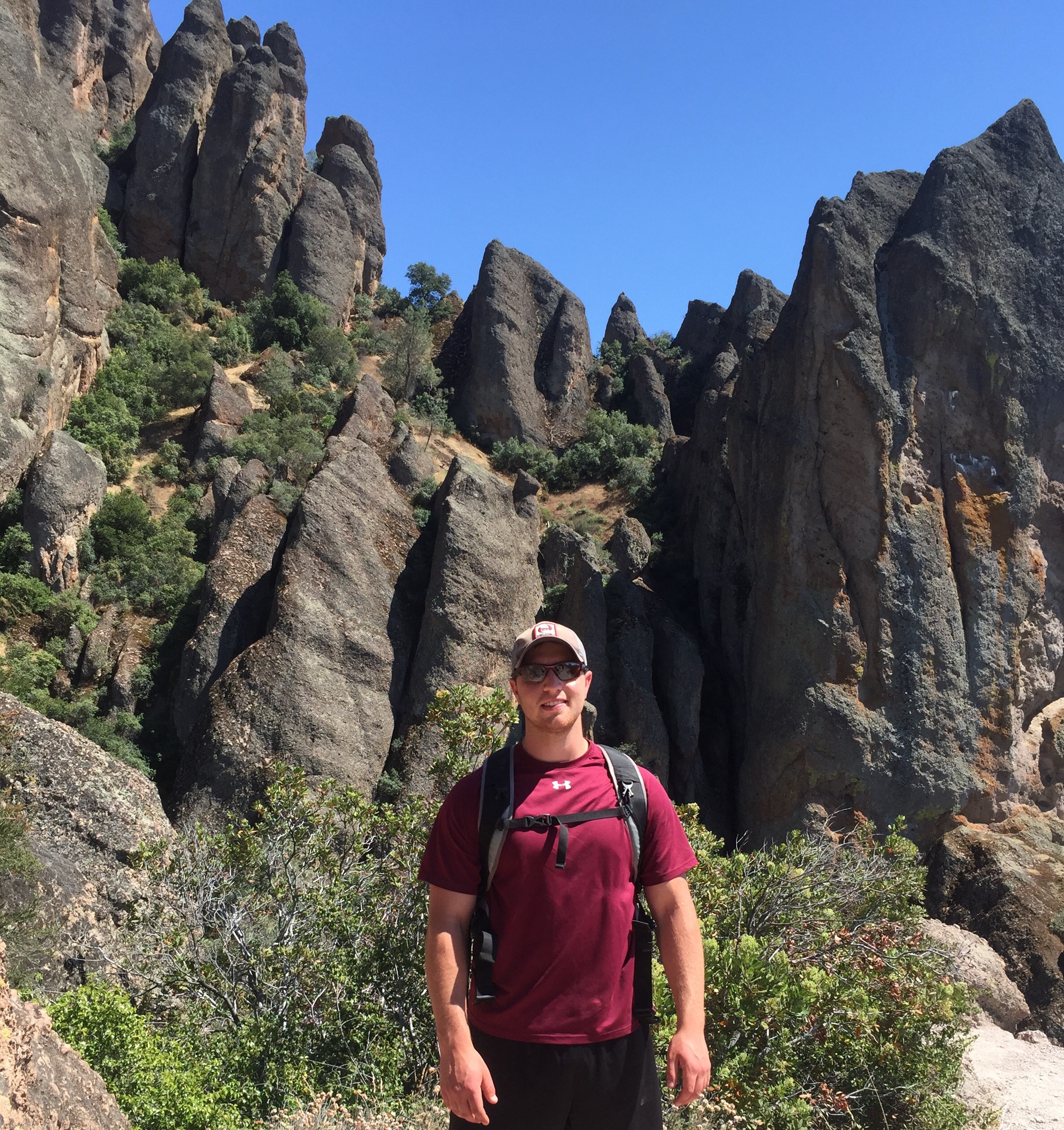
Ben Freiberg
M.S. Student 2017-2019
My research interests focus on stratigraphy and geochronology of marine (sediment) magnetic records in the northern North Atlantic. In particular, my Masters research uses particle-size specific magnetic techniques to study sediment provenance and ocean currents. An overarching theme in this project is to track development of the Greenland Ice Sheet throughout the Holocene (past ~12,000 years), in relation to ocean circulation. The broader objective remains to enhance paleomagnetic techniques as an environmental proxy in the North Atlantic. Ben is now a Marine Tech at MASSAN, PAC-Wave.
You can read some of Ben’s M.S. work here:

Dr. Robert Hatfield
Research Associate (Postdoc)/Research Associate 2010-2019
Rob was a Postdoc and Research Associate with the P-mag Lab from 2010-2019. His work included developing magnetic and geochemical fingerprints for sediment sources to the Northern North Atlantic and using those fingerprints to better understand the history of the Greenland Ice Sheet and North Atlantic paleoceanography. Rob also worked on the magnetostratigraphy of sediments recovered during IODP Expedition 340 to the Lesser Antilles Volcanic Arc and 363 to the West Pacific Warm Pool. Rob is now an Assistant Professor at the University of Florida Department of Geological Sciences.
You can read some of Rob’s Postdoc work here:
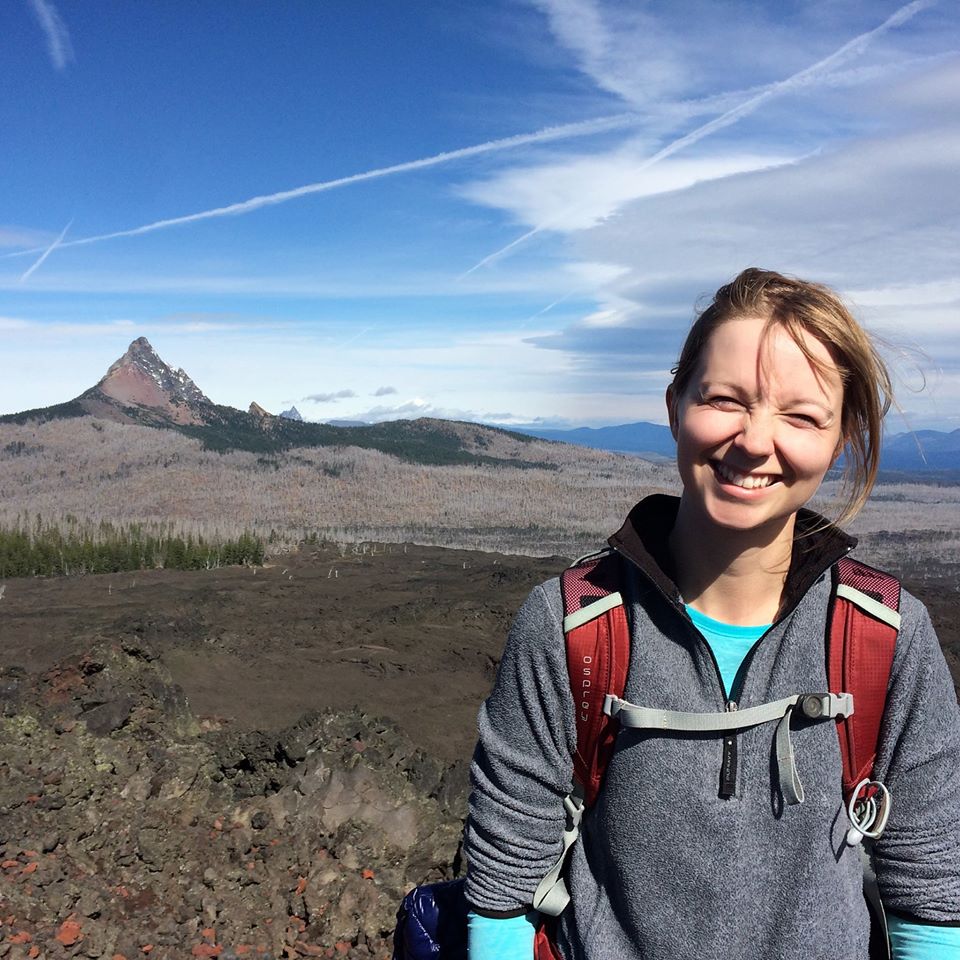
Katharine Solada
MS Student 2016-2018; Lab Manager 2018-2020
Katharine was an MS student in the P-mag Lab from 2016-2018, co-advised by Joe Stoner and CEOAS volcanologist Shan de Silva. Her research used radiocarbon and paleomagnetic secular variation as stratigraphic tools to investigate uplifted lake sediments on the resurgent Toba Caldera in Indonesia. Her work has provided new insight to the style of resurgence of the caldera. Broadly, Katharine is interested in all things volcanic, including volcanic hazards, resurgence, caldera evolution, supereruptions, volcanic tremor, magma degassing, and the application of paleomagnetism towards volcanic problems. She now works as the lab manager for the Oregon State P-mag Lab and teaches Earth Science classes at Linn-Benton Community College.
You can read about Katharine’s MS in Quaternary Research:

Dr. Brendan Reilly
PhD Student 2013-2018; Research Associate (Postdoc) 2018-2019
Brendan was a PhD student in the P-mag Lab from 2013 to 2018 and Postdoc from 2018-2019. His PhD work focused on dating sediment archives from Northern Greenland, Western North America, and the Indian Ocean, using paleomagnetism in concert with other stratigraphic approaches. These stronger chronologies provided new insight to geomagnetic, glacial, and depositional Earth system histories. Brendan also worked on the magnetostratigraphy for sediments recovered during IODP Expeditions 354 to the Bengal Fan and 382 to the Scotia Sea’s Iceberg Alley. Brendan is now an Institutional Postdoc at the Scripps Institution of Oceanography, University of California, San Diego.
You can read Brendan’s PhD work here:

Ann E. Morey (Ross)
Sr. Faculty Research II 2014-2016
Ann was a Senior Faculty Research II with the P-mag Lab from 2014-2016 and managed the day to day operations of the P-mag Lab. Ann is now a PhD candidate at Oregon State University, studying the paleo-seismic records of Oregon lake sediments. Her research objectives include: (1) Attempt to differentiate between earthquake-triggered deposits from those resulting from other types of disturbances such extreme floods and post-fire erosion using the sedimentary records of small lakes in the Pacific Northwest; (2) Determine the mechanisms that control deposit characteristics; (3) Estimate minimum intensity and spatial pattern of strong ground motions resulting from a great earthquake; and (4) Reconstruct the earthquake history at these locations.
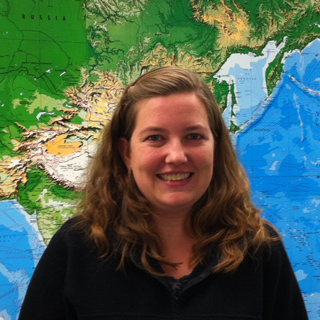
Dr. Leah Ziegler
NSF Earth Science Post-doctoral Fellow 2011-2013; Postdoctoral Research Assistant (2013-2014)
You can read about Leah’s work on Gulf of Alaska environmental magnetism and the long-lived basal magma ocean here:

Dr. Sarah Strano
PhD Student 2008-2014
You can read Sarah’s thesis here:
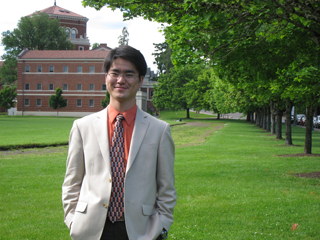
Dr. Chuang Xuan
Institutional Postdoctoral Research Associate 2010-2013
Chuang was a postdoc in the P-mag Lab from 2010-2013 after completing his PhD at the University of Florida. His interests include: (1) Reconstruction and understanding of the temporal and spatial variation of the geomagnetic field on various scales; (2) High-resolution chronostratigraphy and paleoenvironment resconstructions using paleomagnetic and rock magnetic records; (3) Evidence and causes of the possible relationships among Earth’s orbital parameters, magnetic field, and climate on various time scales; (4) Application of advanced statistic and mathematic methods on solving geomagnetism, paleomagnetism, and paleoclimate related problems, and the development of related software.
Chuang is now an Associate Professor within the Ocean and Earth Science, National Oceanography Centre at the University of Southampton.
You can read about Chuang’s work on deconvolution of data from the OSU’s u-channel magnetometer here:
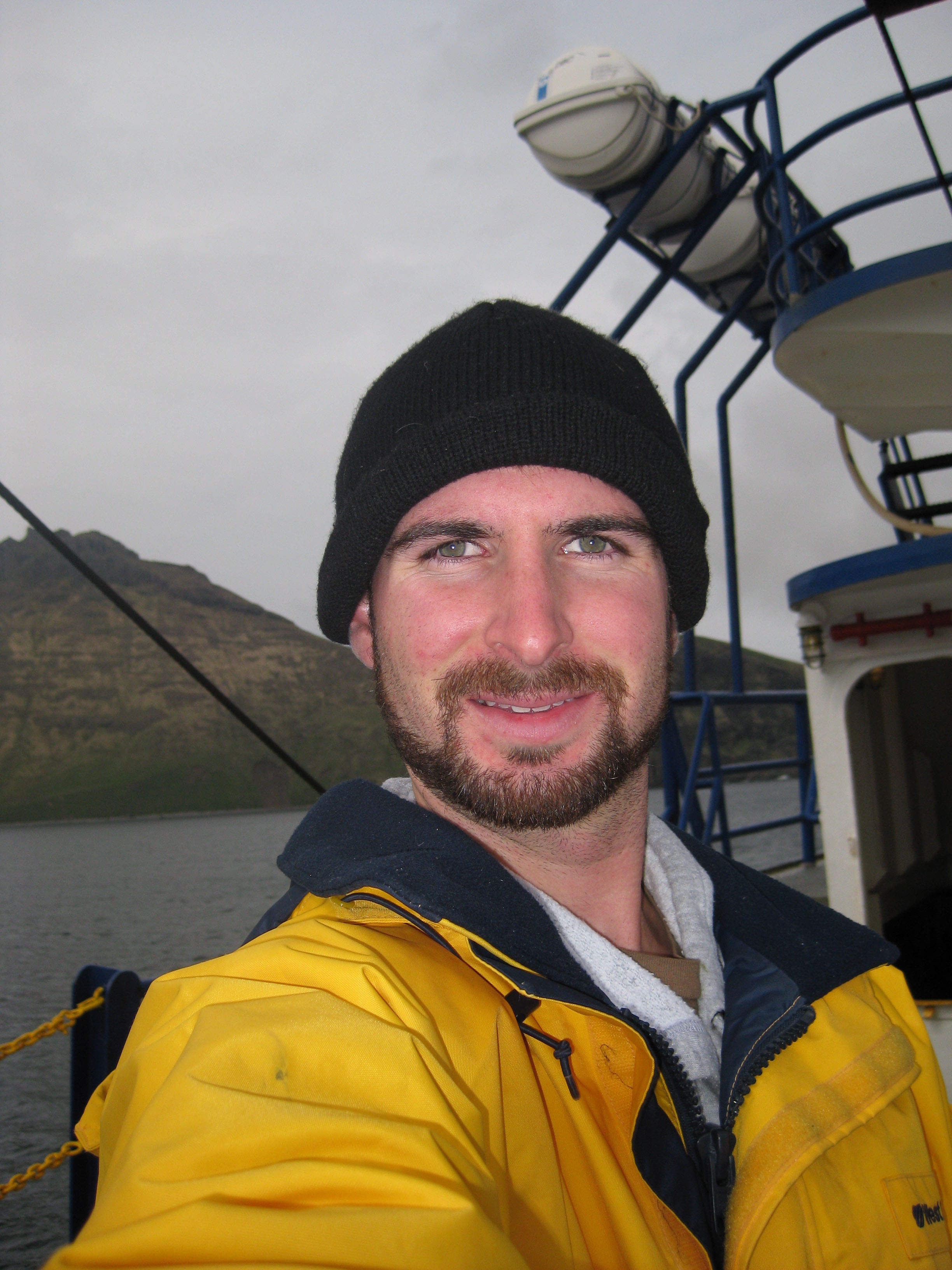
Jason Dorfman
M.S. Student 2010-2013
You can read about some of Jason’s MS work in Quaternary Science Reviews:

Dr. Maureen Walczak (nee Davies)
PhD Student 2006-2011
Maureen completed her PhD in 2011, being co-advised by Joe Stoner and CEOAS paleoceanographer Alan Mix. Her PhD work included the study of the paleoceanographic, paleoclimate, and paleomagnetic histories recorded in the sediments of the Gulf of Alaska. In addition to paleomagnetic methods, Maureen use a diverse set of tools including isotope geochemistry, sedimentology, and radiocarbon. Following graduation, Maureen was a Super Science Fellow at the Australia National University from 2011 to 2015 and worked on novel dating methods for marine sediments. She is now an Assistant Professor (Senior Research) at Oregon State University.
You can read about Maureen’s PhD work in Paleoceanography and EPSL:
